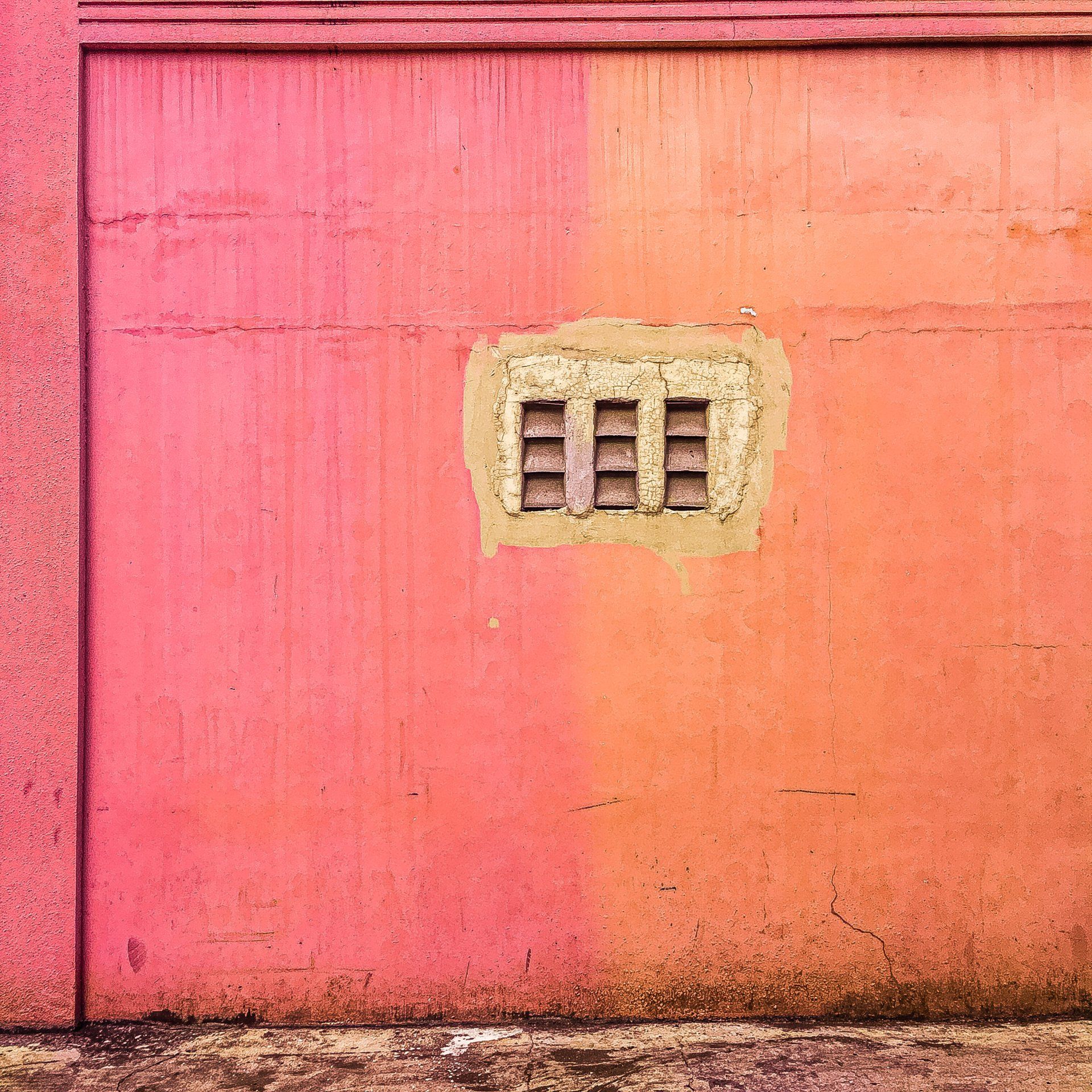What's the Difference Between Whitewash and Limewash?
What's the Difference Between Whitewash and Limewash?
If you've made the decision to make your fireplace or exterior bricks a makeover or you're looking for the ideal shade of paint for your room, you might have some concerns about limewash and whitewash. Although some people employ the terms to mean the same thing, they're not that identical. What's the difference between the terms whitewashing and limewashing? Which is better for your next painting project?
Allow us to give you the facts about whitewash and limewash, including their application methods, the differences in appearance, and other details that will assist you in determining which is best for your needs.
What Is Whitewashing?
Whitewashing is the process of using a water-based color that is mixed with water. Apply thin layers using an enormous, soft paint brush. It taints down natural shades of wood, brick, or other materials and creates an aged or weathered appearance. The painter may also employ an abrasive to clean areas of paint off to allow a small amount of the stone or timber to show into the paint's whitewash.
Although limewash comes in various hues, the whitewashing process is the standard white. Whitewashing also has other characteristics like
- Acceptable for both outdoor and indoor use
- Smooths and coats rough surfaces
- Simple to apply
- Dries quickly
- Perfect for applications on unfinished, raw wood. This means that you'll need to remove any finish prior to applying.
- Use a satin polyurethane water-based matte sealant to prolong the lifespan of the whitewash.
- If it is done properly, whitewashing is a process that can last for as long as 20-30 years and requires only a few minutes for regular maintenance
What Is Limewash?
Limewash is made of limestone which has been crushed, burnt, and then mixed with water to create putty. After it has gone through an aging process, it is thinned by water to make a painting with a flecked, matte appearance with a chalky texture. Limewash can be found in white as the natural color of limestone, as well as in shades of brown, gray, and taupe. They can be created by incorporating natural pigments.
The characteristics of limewash are:
- It is suitable for outdoor and indoor use.
- The pH is high, which makes it hypoallergenic
- Odor as well as moisture, fungal, and insect resistant
- Offers protection against elements from the outdoors
- It is easily removed within five days of painting.
- The ideal surface for porous materials such as brick, stone, and plaster
- You can apply it to drywall as long as you first apply the primer with a mineral base first.
- If it is applied correctly, the product will usually never peel or flake or chip. However, it could require periodic touch-ups over 5 to 7 years.
In order to apply the limewash, you can use a masonry paintbrush to make feathered strokes. Apply many thin coats, at minimum three coats to get the best results. The limewash will become lighter after drying which is why it's best to test the colors. Since the type of paint is natural and has all the natural variations, this creates a certain amount of uncertainty. In contrast to conventional paints that match perfectly with the swatches of paint in the shop, the color and texture of limewash may differ.
Considering All Your Choices to Create a Weathered Vintage Look?
Another option to help you reach your painting goals is using the technique known as German smear, which is also known as mortar wash. The process uses white mortar to apply smears onto brick or other surfaces to give an authentic finish.




